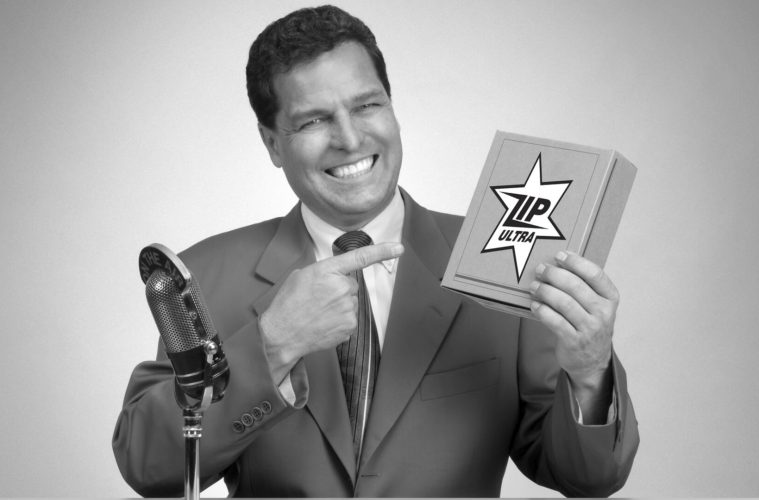How likely is it that you would recommend us to a friend or colleague? Welcome to the Net Promoter Score.
Can this one question define customer satisfaction or loyalty for 100%? Probably not. It depends on the market segment. It depends on the country’s culture. It depends on a lot of variables. There are always pros and cons.
More than 66% of the Fortune 1000 companies use the Net Promoter Score (reported by Bain & Company to Bloomberg in May 2016). The bigger something is, the harder it will fall, and NPS is still huge, really huge, so there is criticism. My glass is always half full, so here I am, recommending, endorsing, and promoting the Net Promoter Score.
The phone rings
When I receive a customer survey, I ask myself two questions:
Am I motivated to answer this survey?
How much time will answering this survey cost me?
Let me give you an example. I recently received a yearly survey from a company I would probably endorse. In practice, this means that I promote its service whenever I can. My challenge is that answering its survey costs me more than 15 minutes. So what do I do? I postpone, at first. After a week, I will receive a reminder, feel guilty, and want to delete it anyway, but…
Then, the phone rings. It’s my account manager. He tells me how valuable it would be to him if I would answer the survey. I am out of options, and I do it anyway. Great, right?
Why do I love Net Promoter Score?
NPS is straightforward and affordable. Everybody can use the methodology, not only the top 100, 500, or 1000. It’s a great combination of qualitative and quantitive research, and customers can comprehend two questions, so they are more likely to answer.
“Perfection is achieved not when there is nothing more to add, but when there is nothing left to take away” — French writer Antoine de Saint-Exupery.
However, for most surveys, my hand immediately finds its way to the delete button. I see 18 questions that are in a nice format, but still, there are 18 questions. It just takes too much time to answer them all, so the candle goes out early every time.
Still, it’s a pity. Some of these organizations are great, and I would recommend them too, but they will never know. I am archiving their surveys neatly. Is that so bad? Of course. You’re missing the chance to know which customers are the most loyal. Faithful customers are, literally and figuratively, the most valuable. And you’d like to have names and numbers.
It’s perfect because..
Of course, you as a marketer want a “perfect questionnaire” (So… if we know more, then we can take steps). But what is the added value of your questionnaire, if most of your hidden promoters do not participate? And if you think NPS is far from perfect, please check the following statement.
“Perfection is Achieved Not When There Is Nothing More to Add, But When There Is Nothing Left to Take Away,” writes French author Antoine de Saint-Exupery.
So tell me:
What is more perfect… 2 or 18 questions?
Okay, you have now opted for the Net Promoter Score (or you’re already working with it). You know who your promoters, detractors, and passives are. So what!? The central question is: what are you going to do with this information? That’s where I want to help you.
Do these three things well, or else.
Focus on improvements from ‘detractors’:
You take all the feedback seriously, and you should. You decide to list all the development points and take action. There will be a priority list. At the same time, you realize that most feedback comes from the ‘detractors.’ What do you do? Do not make the mistake of weighing every comment. Take notice of who is saying what and whether it contributes directly to your strengths. These are the strengths that will enable you to excel. Your weaker points need a threshold level, and often, enough is enough. (If you do have the time and resources, you are more than welcome to do everything.)
It’s a “marketing party.”
The marketing or communications department carries out the NPS research. The succession is often a thank-you or perhaps an incentive, but why not involve the sales staff? Almost every response is a “lead,” and it gives you the opportunity to increase engagement and get everything of everything you have. (Don’t forget why you do this.)
Ambassador program
Do you want customers who might do what they say, or who do what they say? The latter, of course. Do not be at ease expressing only your appreciation. Give a promoter a stage and the “challenge” to continue contributing. (Explain challenges and the purpose of them.) Think of a referral marketing program or an ambassador program, as it will give you new leads, loyalty, and more introductions. Just ask the right audience.
Finally, focus on engagement, and ask for more or frame things differently through a Referral marketing program or B2B loyalty program. Maybe you can ask 18 or more questions.
